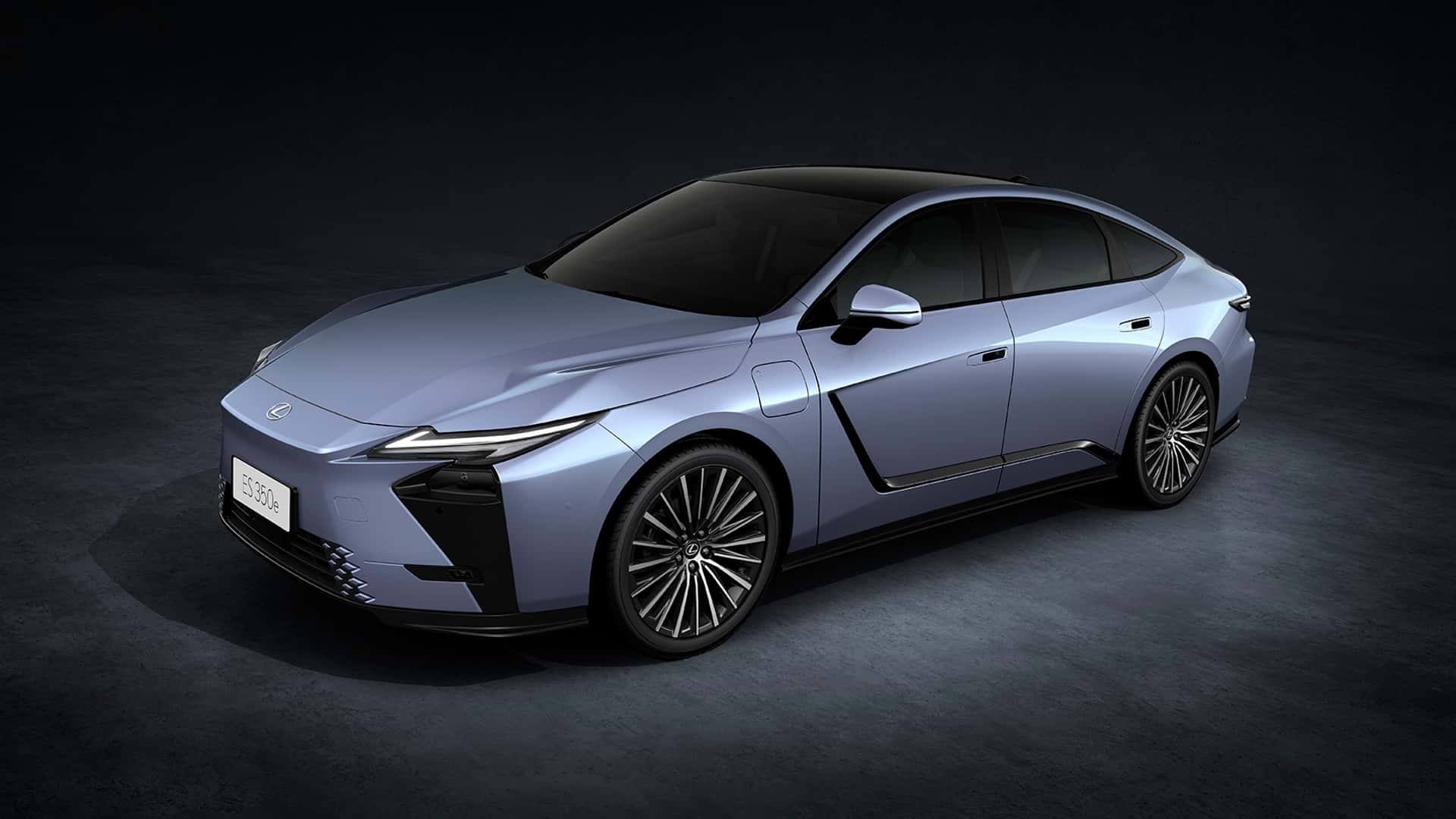The current generation Lexus ES was an artist clearly struggling with hiding the aging process. Much like Demi Moore’s character in The Substance the aging four-door tried its best to hide its wrinkles with two facelifts doing little to hide the fact the four-door was falling behind rivals in multiple categories.
Lexus is finally addressing this problem with the debut of the 2026 Lexus ES which not only embraces several different powertrains but also brings the most extensive update the ES has received in an attempt to win over younger buyers.
Hybrid and EV both have a home in ES
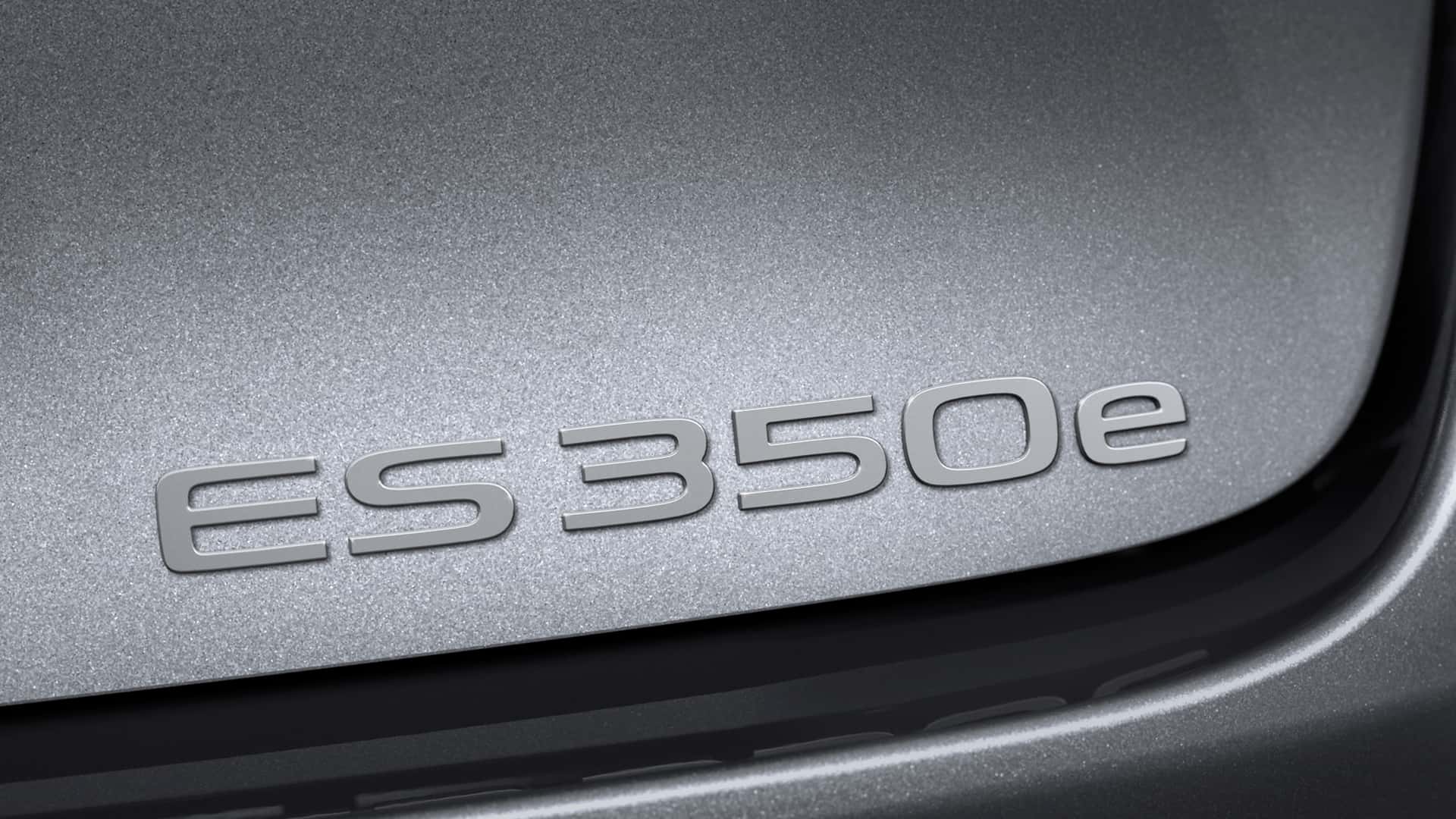
The exterior styling of the new ES shares much of its DNA with the LF-ZL concept which debuted a year ago. While the sedan does tone things down somewhat in the name of production practicality, the ES (despite prior statements by Lexus in the lead-up to its unveiling) will not be replacing the flagship LS in the product lineup. Instead, the ES is focusing on being a flagship in its own respective segment with the bold styling being meant to draw as much attention as possible to the car.
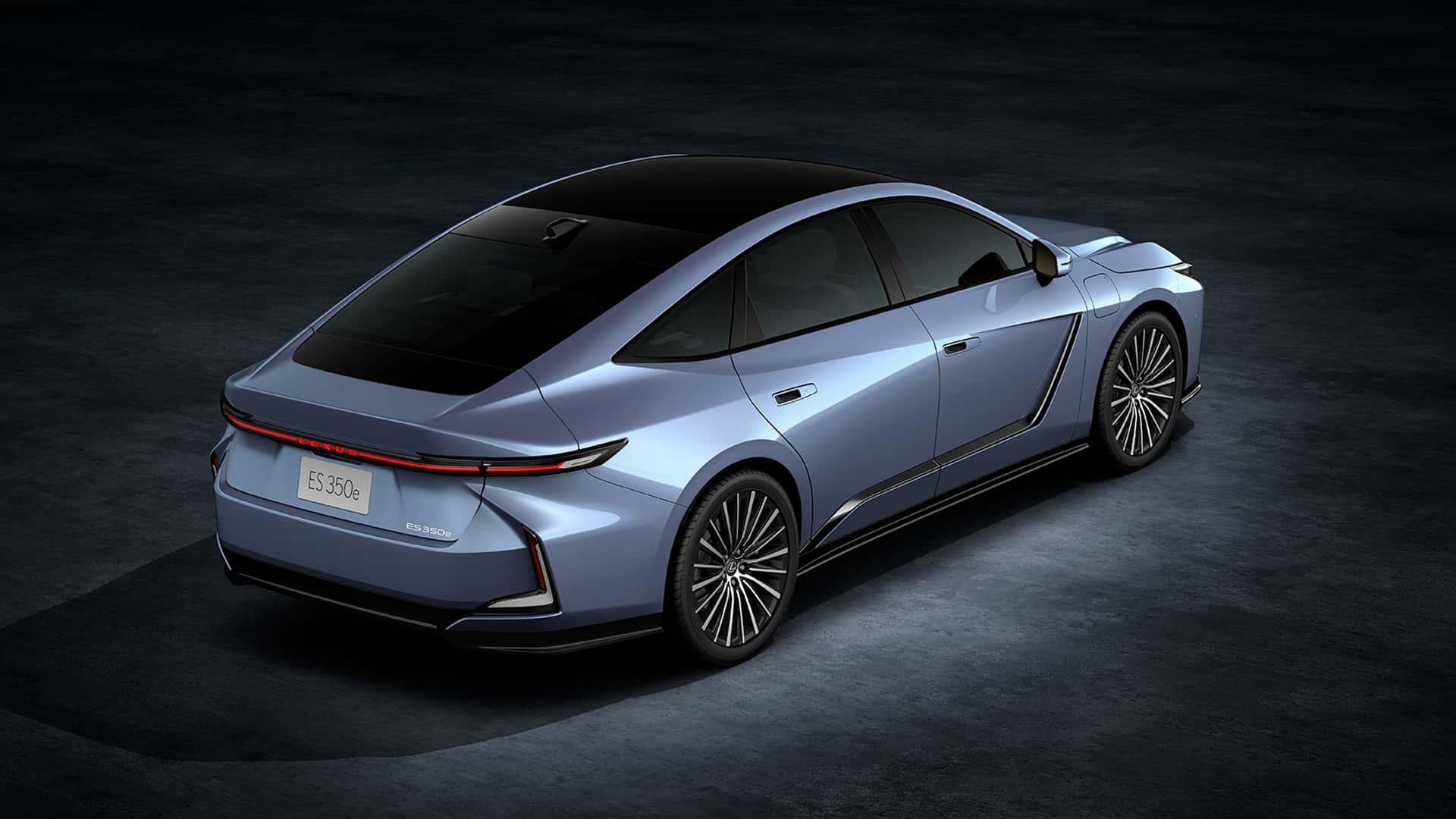
The rear end gets reworked taillights and the Lexus badge has been replaced with a script layout that runs across the trunk lid. However, the biggest changes (besides the interior) are what’s lurking underneath the skin with the hybrid powertrains being joined by an all-new all-electric powertrain for the first time. The smaller 2.0-liter hybrid engine is not coming to the U.S. and buyers here in our country will instead get the bigger 2.5-liter hybrid four-cylinder which will see duty in the ES 350h and make 244 hp. The EV will also come in two flavors with the 350e making 221 hp with the brand saying it can go 429 miles on a single charge when measured in the CLTC cycle. The 500e gets a second electric motor with this version of the car producing a combined system output of 338 hp though the range dips to 379 miles on the same CLTC measurement system.
Minimalism dominates cabin design
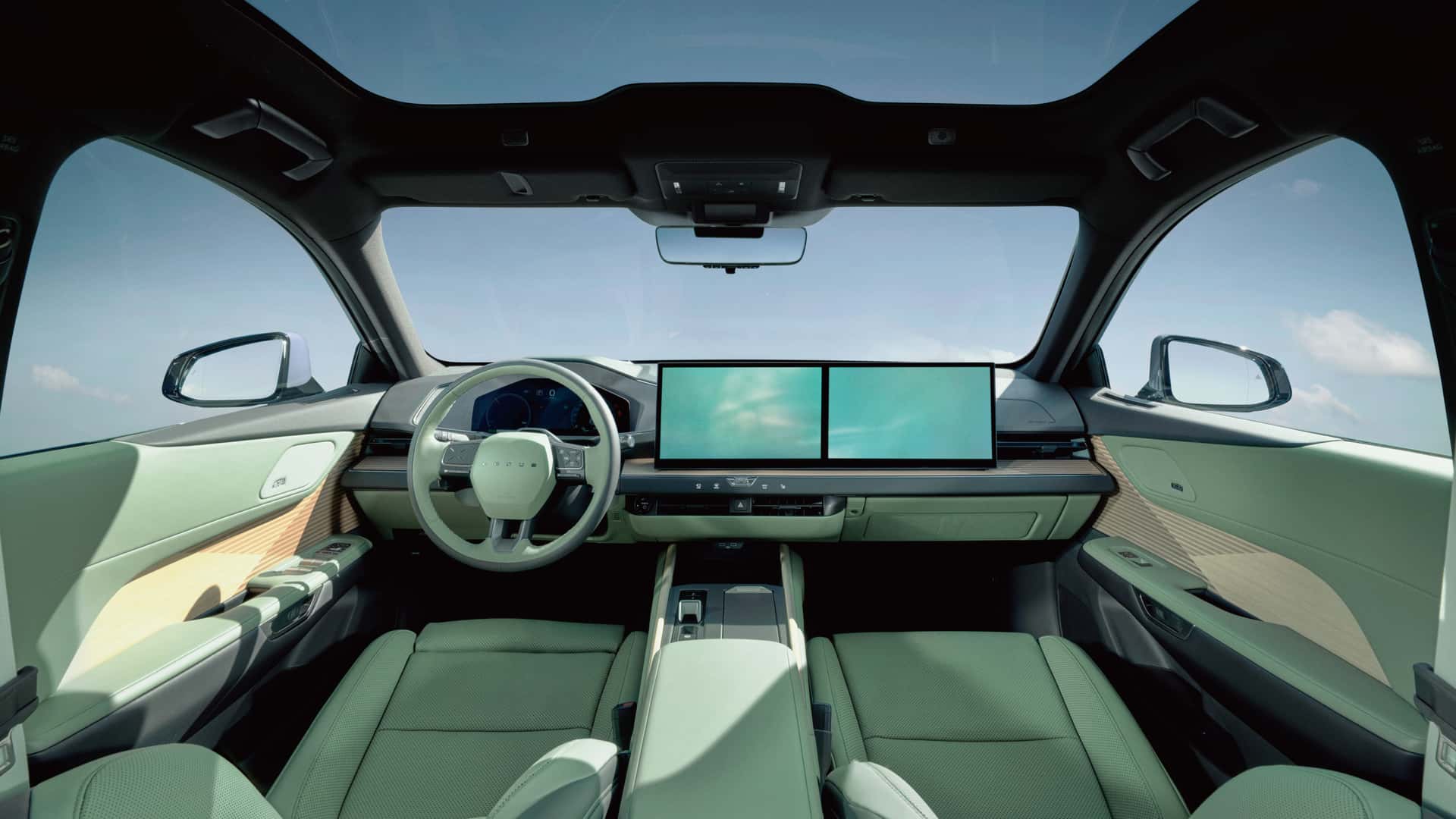
The ES’s cabin has also undergone its fair share of changes for 2026. The outgoing model was a homage to the past with big splashes of wood trim contrasting a dated infotainment system. All of that is pitched now and minimalism takes center stage with Lexus designers placing a greater emphasis on materials and how they are used. Screens also make up a large chunk of the landscape with the 12.3-inch digital instrument cluster being joined by a new 14.3-inch infotainment screen. A passenger-mounted screen is also optional though it remains to be seen if it will make it to the U.S. version.
The steering wheel gets new lettering and the gear selector has been replaced with a new one that’s smaller and allowed Lexus designers to make better use of the space. The instrument panel utilizes a novel 3D-printing process to help it replicate the appearance of bamboo with the coloring also playing a role in providing a strong resemblance to the sturdy plant. The doors get new embedded lighting elements and the ES’s application is the first time Toyota has offered this kind of lighting in a production Toyota/Lexus product. The rear seats also get massaging capability and passengers also get a climate control unit in the central armrest
When can I buy one?

Buyers looking to buy a 2026 ES for themselves will have to wait a while for their chance to do so. Even though Lexus is debuting the car at this year’s Shanghai Auto Show, the production version will not go on sale until the middle of next year. As a result, we get to wait for more information on final pricing as well as fuel economy and EV numbers for other markets.
However, look for the ES to also ironically serve as a preview of the next-generation LS. The core appointments and revisions that the brand made to the 2026 ES will be on full display in the LS with the flagship sedan potentially
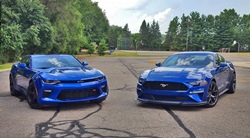
Carl Malek has been an automotive journalist for over 10 years. First starting out as a freelance photographer before making the transition to writing during college, his work has appeared on numerous automotive forums as well as websites such as Autoshopper.com.
Carl is also a big fan of British vehicles with the bulk of his devotion going to the Morgan Motor Company as well as offerings from Lotus, MG, and Caterham. When he is not writing about automobiles, Carl enjoys spending time with his family and friends in the Metro Detroit area, as well as spending time with his adorable pets.

